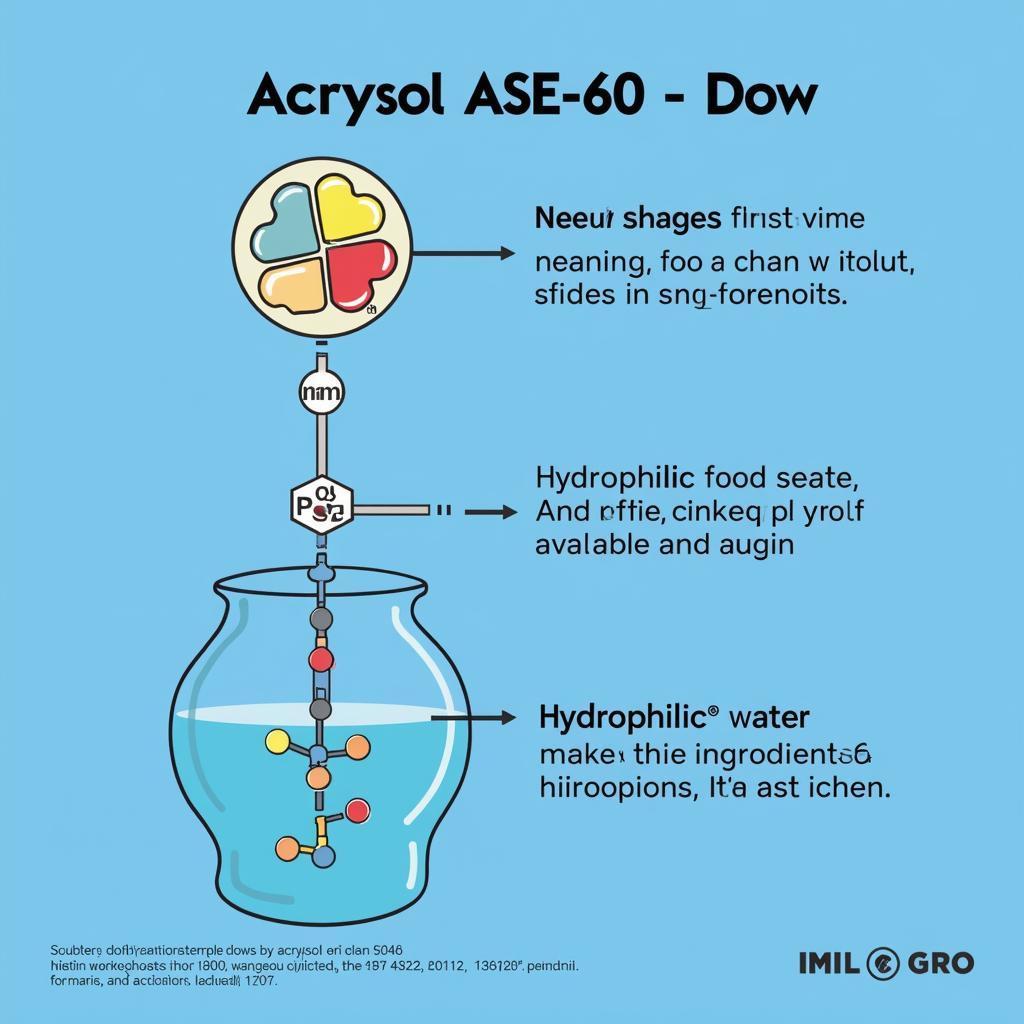The ASEAN Free Trade Area (AFTA) stands as a testament to the power of regional cooperation and economic integration. Established in 1992, AFTA’s “arti penting” or significance for ASEAN lies in its role as a catalyst for economic growth, increased trade, and enhanced competitiveness on the global stage. But its impact goes beyond mere numbers, shaping a future where Southeast Asia stands as a unified economic force.
Breaking Down Barriers, Building Bridges: How AFTA Transformed ASEAN Economies
At its core, AFTA aims to eliminate tariffs and other trade barriers among member states, creating a more open and integrated market within ASEAN. This seemingly simple concept has had a profound impact on the region’s economic landscape.
- Boosting Intra-ASEAN Trade: By slashing tariffs, AFTA ignited a surge in trade activities between ASEAN countries. This increased flow of goods and services translates to greater economic opportunities for businesses and consumers alike.
- Attracting Foreign Direct Investment (FDI): A more integrated and open ASEAN market presents a more attractive destination for foreign investors. This influx of FDI fuels economic growth and job creation across the region.
- Enhancing Competitiveness: By fostering a more competitive business environment within ASEAN, AFTA pushes businesses to innovate and improve efficiency, ultimately benefiting consumers with better products and services.
 AFTA Trade Growth Chart
AFTA Trade Growth Chart
Beyond Tariffs: Deepening Integration for a More Robust ASEAN
While the reduction of tariffs formed the bedrock of AFTA, the agreement has evolved to encompass a broader range of initiatives aimed at deepening economic integration:
- Trade Facilitation: AFTA addresses non-tariff barriers such as customs procedures and standards to streamline trade and reduce costs for businesses.
- Investment Liberalization: Efforts to harmonize investment policies and regulations across ASEAN aim to attract greater FDI and foster a more conducive investment climate.
- Services Liberalization: AFTA recognizes the increasing importance of the services sector and works towards removing barriers to trade in services, such as financial and telecommunications services.
These initiatives underscore the commitment of ASEAN member states to move beyond basic trade liberalization towards a more integrated and interconnected economic community.
 ASEAN Leaders Shaking Hands
ASEAN Leaders Shaking Hands
AFTA’s Impact: A Story of Growth, Challenges, and Future Potential
There’s no denying that AFTA has played a pivotal role in ASEAN’s economic transformation. The numbers speak for themselves: intra-ASEAN trade has grown exponentially, FDI has surged, and the region has emerged as a global economic player.
However, challenges remain:
- Development Gaps: Disparities in economic development among ASEAN member states pose a challenge to fully realizing the benefits of AFTA for all.
- Non-Tariff Barriers: While tariffs have been significantly reduced, non-tariff barriers still pose obstacles to seamless trade and investment flows.
- Implementation and Enforcement: Ensuring effective implementation and enforcement of AFTA provisions remains crucial for its long-term success.
Despite these challenges, ASEAN remains committed to strengthening and deepening AFTA. The vision is clear: to create a truly single market and production base that harnesses the collective strength of ASEAN member states and propels the region towards greater economic prosperity.
Arti Penting AFTA: A Future of Shared Prosperity
The “arti penting” or significance of AFTA for ASEAN goes beyond mere economic indicators. It represents a shared vision of a more integrated, prosperous, and influential Southeast Asia. By continuing to dismantle barriers, foster cooperation, and embrace innovation, ASEAN can unlock its full economic potential and solidify its position as a driving force in the global economy.
FAQs
-
What is the main goal of AFTA? AFTA’s primary goal is to eliminate tariffs and other trade barriers between ASEAN member states, promoting freer trade and economic integration within the region.
-
How does AFTA benefit businesses in ASEAN? AFTA opens up new markets within ASEAN for businesses, reduces import and export costs, and fosters a more competitive business environment that encourages innovation and efficiency.
-
What are some of the challenges faced by AFTA? Challenges include addressing development gaps between member states, tackling non-tariff barriers to trade, and ensuring consistent implementation and enforcement of AFTA provisions.
-
What is the future outlook for AFTA? ASEAN is committed to deepening economic integration through AFTA, with a vision to create a single market and production base that leverages the collective strength of member states.
-
Where can I find more information about AFTA and its impact? For a deeper understanding of AFTA, explore the resources available on the ASEAN Secretariat website and other reputable sources on ASEAN economic integration.
Need Support? Contact Us!
For any inquiries or assistance related to Asean Media, please don’t hesitate to contact our dedicated support team:
- Phone: 0369020373
- Email: [email protected]
- Address: Thon Ngoc Lien, Hiep Hoa, Bac Giang, Vietnam
Our team is available 24/7 to assist you.


